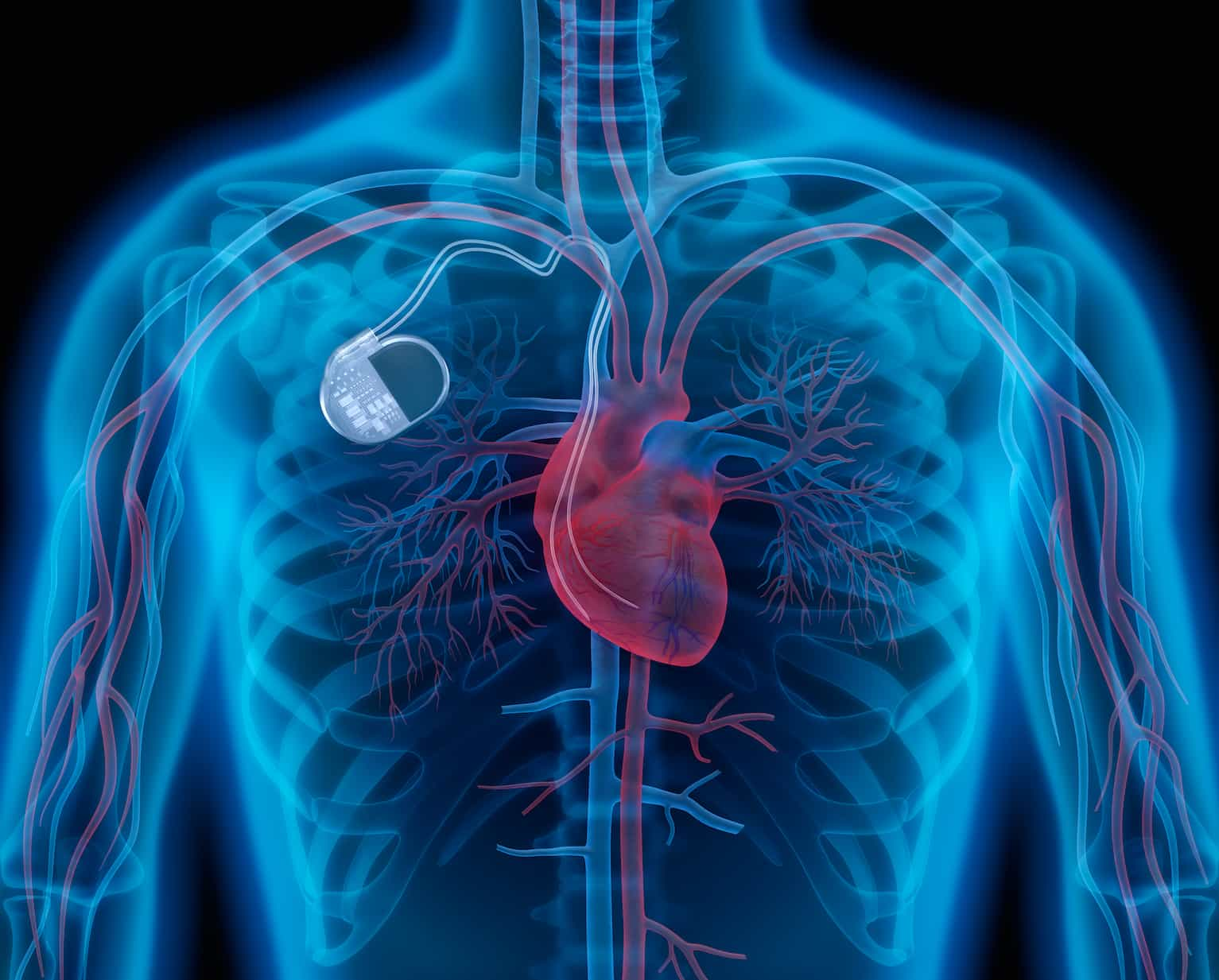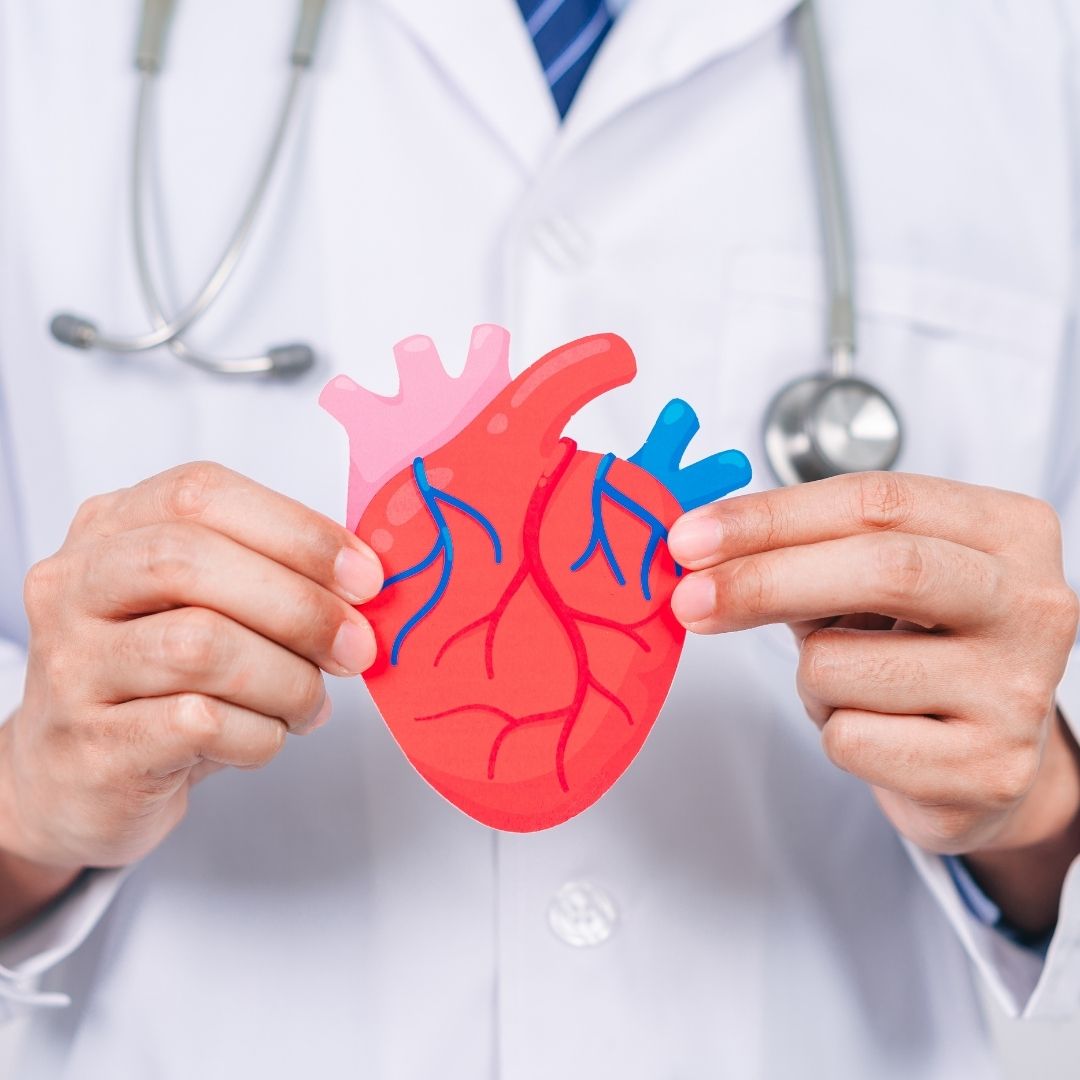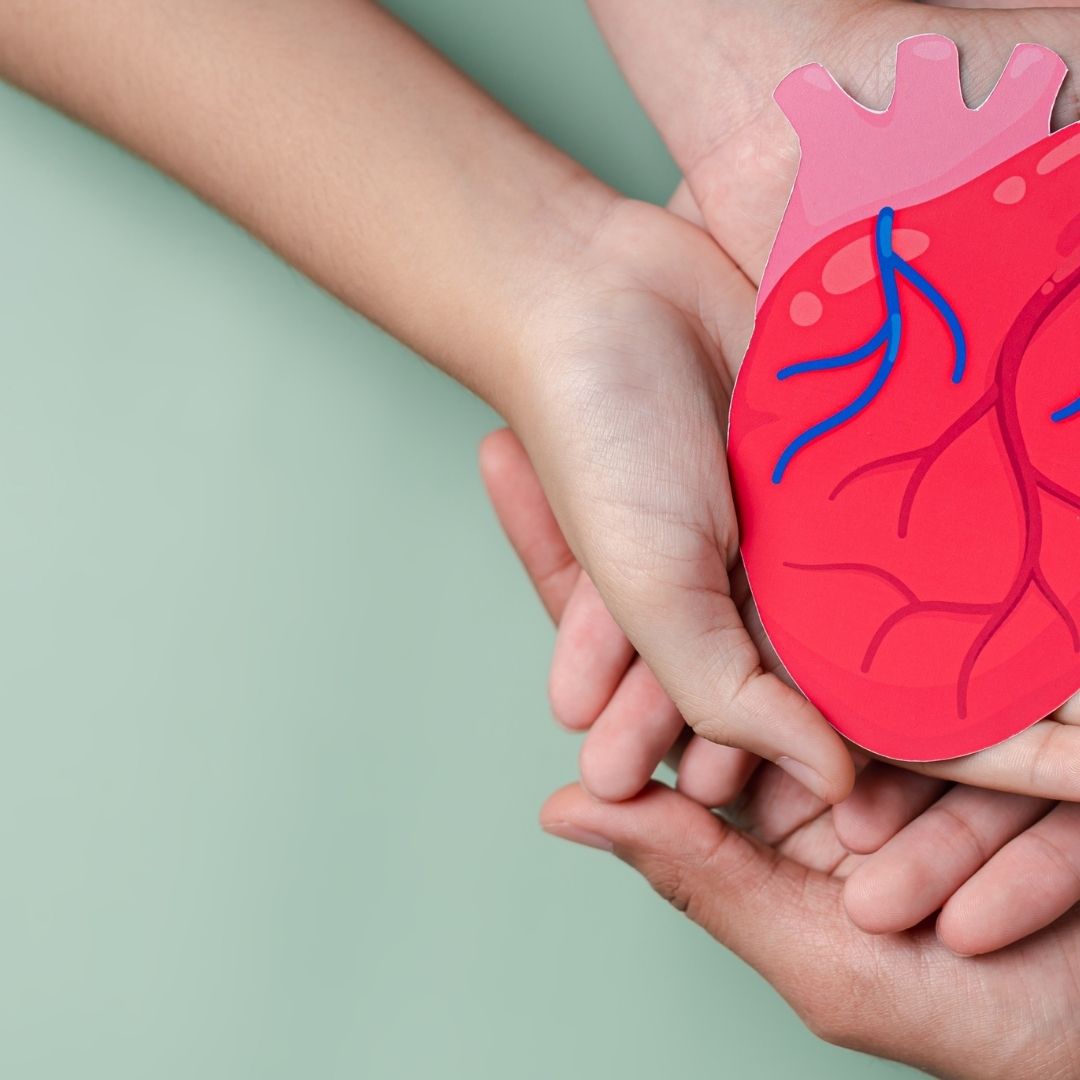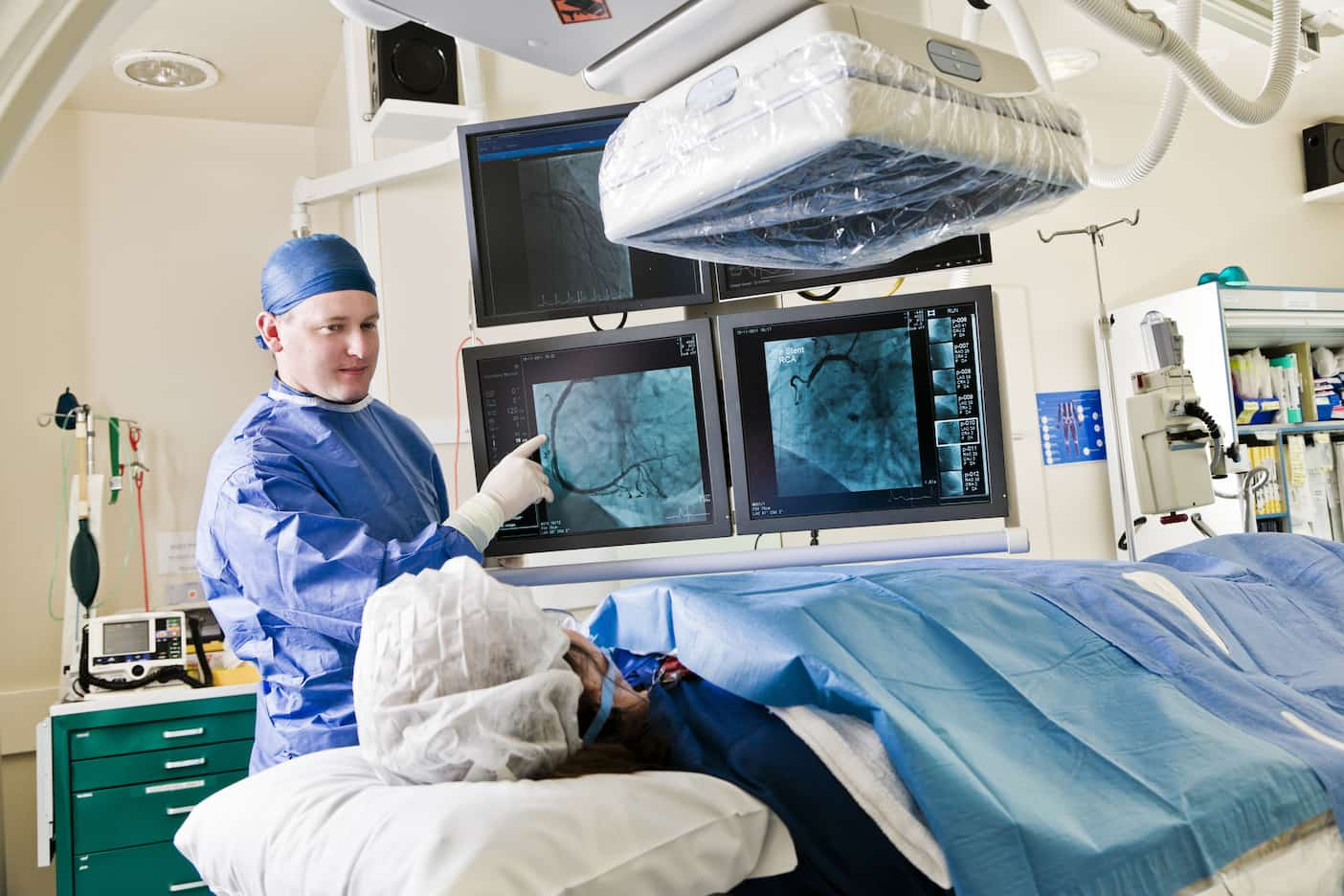
Understanding Cardiac Catheterization
Cardiac catheterization, also known as heart catheterization or cardiac catheterization, is a medical procedure used to diagnose and treat heart conditions. It involves inserting a thin, flexible tube called a catheter into a blood vessel in the arm, neck, or groin and threading it up to the heart. This article provides a comprehensive guide to understanding cardiac catheterization, including its seriousness, types, and whether it is considered surgery.
What is Cardiac Catheterization?
Cardiac catheterization is a medical procedure used to diagnose and treat heart conditions. It involves the insertion of a thin, flexible tube called a catheter into a blood vessel in the arm, neck, or groin and threading it up to the heart. Once the catheter is in place, it can measure blood pressure, blood flow, and oxygen levels and detect abnormalities.
The procedure is typically performed under local anesthesia and sedation, meaning the patient is awake but relaxed. Cardiac catheterization is used to evaluate the heart’s function and structure, and it can help diagnose conditions such as coronary artery disease, heart valve problems, and congenital heart defects. It can also be used to perform interventions such as balloon angioplasty or stent placement to open blocked arteries and improve blood flow to the heart.
Cardiac catheterization is a valuable tool in diagnosing and treating heart conditions. The procedure is generally safe and low-risk, but as with any medical procedure, there are potential risks and complications. However, the benefits of cardiac catheterization usually outweigh the risks, and the procedure can provide important information that can guide treatment decisions and improve outcomes for patients with heart disease. If you are scheduled for cardiac catheterization, be sure to discuss any concerns or questions you may have with your healthcare provider.
Why Might I Need Cardiac Catheterization?
Cardiac catheterization is a medical procedure that is commonly used to diagnose and treat heart conditions. There are several reasons why your doctor may recommend this procedure, including:
Chest Pain: If you are experiencing chest pain, cardiac catheterization may be used to determine if the pain is caused by a blockage in one of the coronary arteries. This is done by injecting a dye into the arteries and taking X-rays to visualize any blockages.
Abnormal Stress Test: If you have undergone a stress test and the results are abnormal, cardiac catheterization may be recommended to determine the cause of the abnormal result. This is done by measuring the blood flow to the heart and detecting any blockages or abnormalities.
Heart Valve Problems: Cardiac catheterization may be used to evaluate heart valve problems, such as stenosis or regurgitation. This is done by measuring the pressure in the heart and the blood flow through the valve.
Other reasons why you may need cardiac catheterization include a family history of heart disease, abnormal heart rhythms, or a history of heart attack or heart surgery.
While cardiac catheterization is generally safe and low-risk, there are potential risks and complications, such as bleeding, infection, and damage to blood vessels or the heart. Your healthcare provider will discuss the risks and benefits of the procedure with you to determine if it is the right choice for your individual needs.
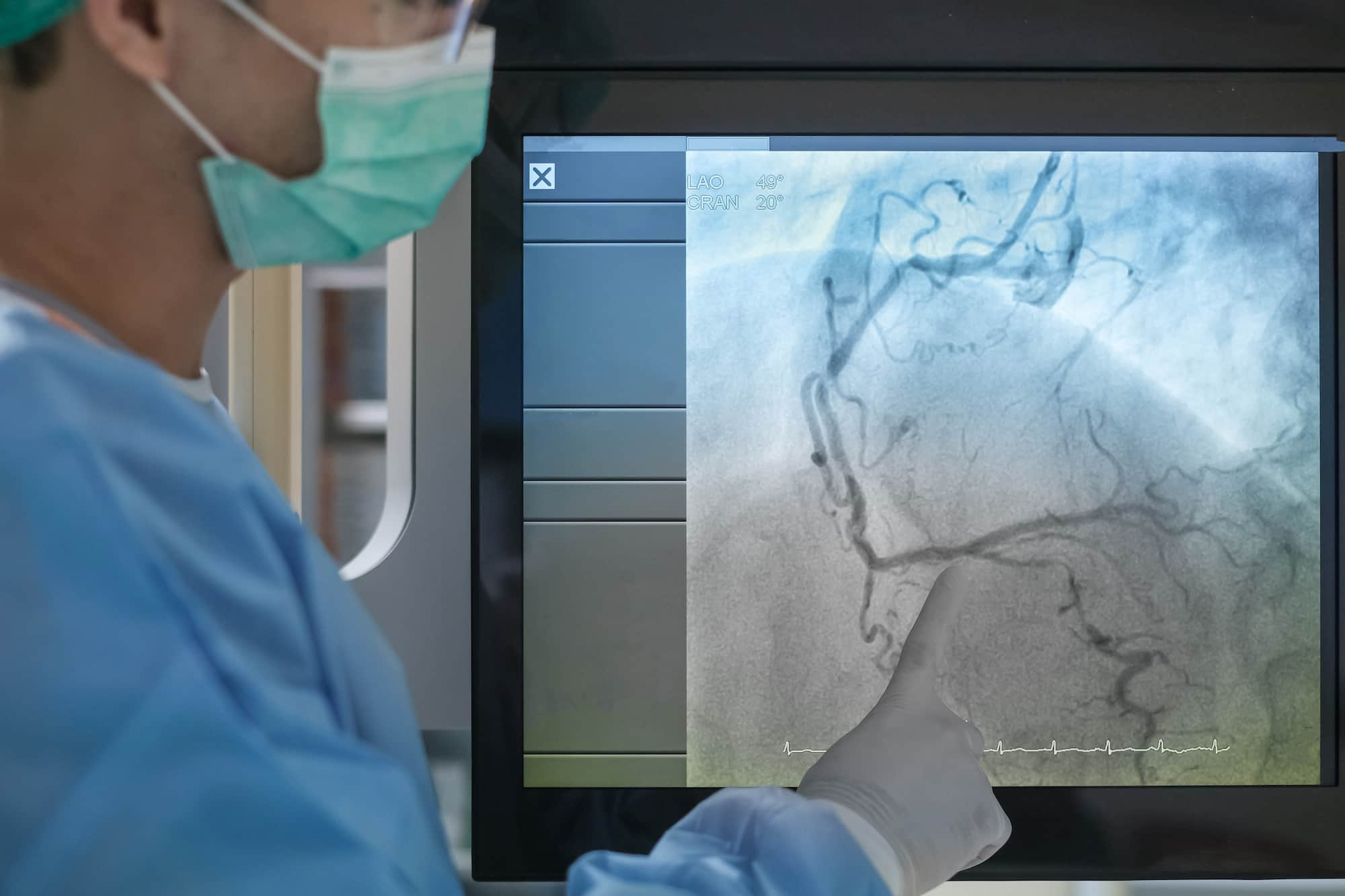
How Do I Prepare for Cardiac Catheterization?
Preparing for cardiac catheterization involves several steps to ensure that the procedure is safe and effective. Here are some things you can expect:
Medical evaluation: Before undergoing cardiac catheterization, you will undergo a thorough medical evaluation to ensure that you are a suitable candidate for the procedure. This may include blood tests, imaging studies, and an electrocardiogram (ECG) to evaluate the heart’s electrical activity.
Medications: Your healthcare provider may ask you to stop taking certain medications before the procedure, such as blood thinners or aspirin, to reduce the risk of bleeding. You may also be given medications to help you relax or to prevent discomfort during the procedure.
Fasting: You will be asked to fast for a certain period of time before the procedure, typically for several hours. This is to ensure that your stomach is empty, which can reduce the risk of complications such as vomiting.
Transportation: Because you will be sedated during the procedure, you will need someone to drive you home afterward. Make sure to arrange for transportation in advance.
Clothing: You will be asked to wear comfortable clothing and remove any jewelry or metal objects before the procedure.
Inform your healthcare provider: Make sure to inform your healthcare provider if you are pregnant, allergic to any medications, or have any other medical conditions that may affect the procedure.
How Serious Is Cardiac Catheterization?
Cardiac catheterization is generally considered a safe and low-risk procedure, but it is not entirely without risk. Complications can occur, although they are rare, and include bleeding, infection, heart attack, stroke, and damage to blood vessels or organs. The risk of these complications varies depending on several factors, such as the patient’s age, health status, and the type of cardiac catheterization performed.
Types of Cardiac Catheterization
There are several types of cardiac catheterization, each with a specific purpose and technique. The most common types of cardiac catheterization are:
Coronary Angiography: This is the most common type of cardiac catheterization, used to diagnose and evaluate the severity of coronary artery disease, which is the narrowing or blockage of the heart’s blood vessels. During this procedure, a dye is injected through the catheter, and X-rays are taken to produce images of the heart and its blood vessels.
Left Heart Catheterization: This type of cardiac catheterization is used to diagnose and treat conditions that affect the left side of the heart, such as aortic stenosis or mitral regurgitation. It involves inserting the catheter through the groin and threading it up to the left side of the heart.
Right Heart Catheterization: This type of cardiac catheterization is used to diagnose and treat conditions that affect the right side of the heart, such as pulmonary hypertension or congenital heart disease. It involves inserting the catheter through the neck or groin and threading it up to the right side of the heart.
The Study of Cardiac Catheterization
In a recent multicenter study published in the Journal of Cardiology, researchers conducted a comprehensive analysis of 1,000 patients who underwent cardiac catheterization for the evaluation of coronary artery disease. The study found that the procedure had a diagnostic accuracy of over 95% in detecting significant blockages in the coronary arteries. Moreover, the study reported a low rate of complications, with major adverse events occurring in less than 1% of cases. These findings reaffirm the effectiveness and safety of cardiac catheterization as a diagnostic tool for heart conditions.
Is Cardiac Catheterization Considered Surgery?
Cardiac catheterization is not considered surgery, but it is a minimally invasive procedure. Unlike surgery, which involves making large incisions in the body, cardiac catheterization only requires a small incision where the catheter is inserted. It also does not require general anesthesia, which means the patient is awake and can communicate with the medical team during the procedure.
Healthy Türkiye Notes
Cardiac catheterization is a valuable tool for diagnosing and treating heart conditions. It is generally safe and low-risk, although complications can occur. There are several types of cardiac catheterization, each with a specific purpose and technique. While it is not considered surgery, it is a minimally invasive procedure that requires only a small incision and local anesthesia. If you are scheduled for cardiac catheterization, be sure to discuss any concerns or questions you may have with your healthcare provider.
